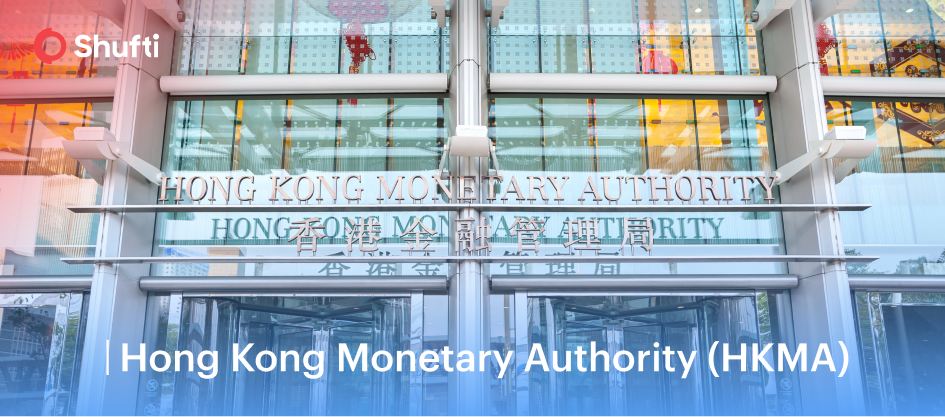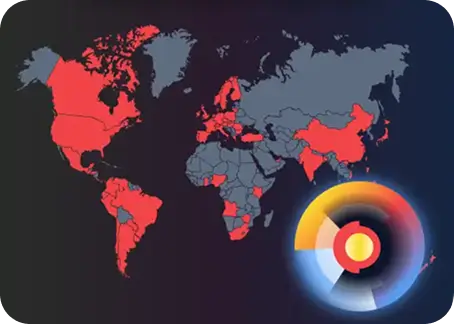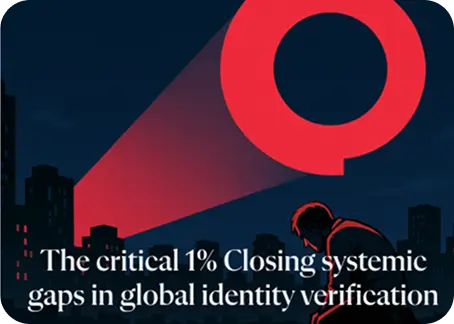Hong Kong Monetary Authority (HKMA)

The Hong Kong Monetary Authority, often referred to as HKMA, serves as Hong Kong’s central banking authority. Since its inception, the institution has been tasked with maintaining the stability of the Hong Kong dollar, overseeing the banking sector, developing financial systems, and managing the government’s Exchange Fund. As the main Hong Kong financial regulator, its policies influence banks, businesses, and international investors connected to the city’s economy.
The ongoing digital revolution, along with every industry, has global implications for the finance sector. In order to meet these fast-paced advances, countries have designated a regulatory authority to comply with these ever-evolving regulations.
What is the Hong Kong Monetary Authority (HKMA)
The regulatory watchdog of Hong Kong was established on 1 April 1993 as a result of amendments to the Exchange Fund Ordinance. The ordinance merged the Office of the Commissioner of Banking and the Office of the Exchange Fund and transferred the management of finances and supervision of banks under one roof.
In its day-to-day operations, the HKMA exercises autonomy even though it serves as a government institute.
Role and Core Functions
-
Maintaining the stability of the Currency
Hong Kong maintains the value of its dollar under the Linked Exchange Rate System (LERS). (LERS). Under LERS, the currency is pegged at HK$7.75–7.85 per US$1.To protect this peg, the HKMA provides convertibility commitments, meaning it buys or sells U.S. dollars whenever the rate approaches either limit.
The HKMA also sets the Base Rate, which shifts in line with U.S. interest rates. The mechanism makes sure that the local monetary policy in Hong Kong does not weaken the currency peg but reinforces it.
-
Supervising Banking and Financial Stability
In Hong Kong, the HKMA acts as the financial watchdog for the banking industry. Under the Banking Ordinance, it keeps track of licensed banks, restricted license banks, and deposit-taking companies, requiring them to follow HKMA rules and international standards such as Basel III.
The HKMA is also a resolution authority under the Financial Institutions (Resolution) Ordinance (FIRO), which vests in it the powers to deal with failing banks.
In carrying out its supervisory functions, the HKMA oversees Anti Money Laundering in Hong Kong. The HKMA regulatory reporting requirements mandate that institutions conduct due diligence, investigate risks, and submit suspicious transaction reports to JIFU.
Building Financial Infrastructure
The HKMA is responsible for creating and running financial systems that keep Hong Kong functioning as an international hub. It has Real-Time Gross Settlement (RTGS) systems in several currencies to enable safe and effective interbank transfers. It facilitates securities clearing through the Central Moneymarkets Unit (CMU) and initiatives such as Bond Connect, which connects international investors to the bond market of the Mainland of China.
On the retail side, the Faster Payment System (FPS) allows 24/7 instant transfers between banks and e-wallets, which makes transactions more convenient both to individuals and businesses.
Exchange Fund Management
The Exchange Fund, which is considered to be the backbone of Hong Kong’s Financial stability, held approximately HK$4.08 trillion in assets by the end of 2024. The authority facilitates securities clearing through the Central Moneymarkets Unit (CMU) and initiatives such as Bond Connect, which connects international investors to the bond market of the Mainland of China.
Why does the HKMA matter?
The HKMA is concerned with problems that are at the centre stage of the Hong Kong economy. The Linked Exchange Rate System ensures that there is predictability of trade and investment. Bank regulation helps keep people believing in the financial institutions. Cross-border finance is more efficient with the help of payment and settlement systems. The Exchange Fund is a form of insurance in times of financial crisis.
Risk-Based Approach
The HKMA uses a risk-based supervisory model. Higher-risk individuals and institutions, such as politically exposed persons (PEPs) or those engaged in complex cross-border transactions, are subject to enhanced due diligence.
System risks like exposure to the property market and unstable capital flows are highly monitored. Recent fields of regulation are digital banks and stored value facilities. This method enables the HKMA to focus its resources where there are high risks.
HKMA’s Global Reach and Innovation
The HKMA keeps abreast of the world’s financial trends. The e-HKD retail central bank digital currency pilot programmes are experimenting with the utilization of digital money in daily payments. The stablecoins licensing regime took effect in August 2025, after which a license must be obtained from the HKMA before issuing stablecoins in Hong Kong.
Virtual banks are being developed in order to enhance competition and financial inclusion. The Exchange Fund is supporting green finance efforts such as green bond investments and ESG projects. In the meantime, cybersecurity and digital ID verification have become top priority areas as the risk of financial crime changes.
Final Thoughts
The authority acts as a safeguard for the state’s financial system. It monitors banks, operates payment systems, looks after the Exchange Fund, and protects the stability of the Hong Kong dollar by keeping it pegged to the U.S. dollar.
The HKMA is still changing its framework as digital assets, sustainable finance, and new compliance standards begin to appear. For financial institutions, businesses, and investors, understanding HKMA reporting, compliance requirements, and supervisory standards is essential for operating within Hong Kong’s highly globalized financial system.



